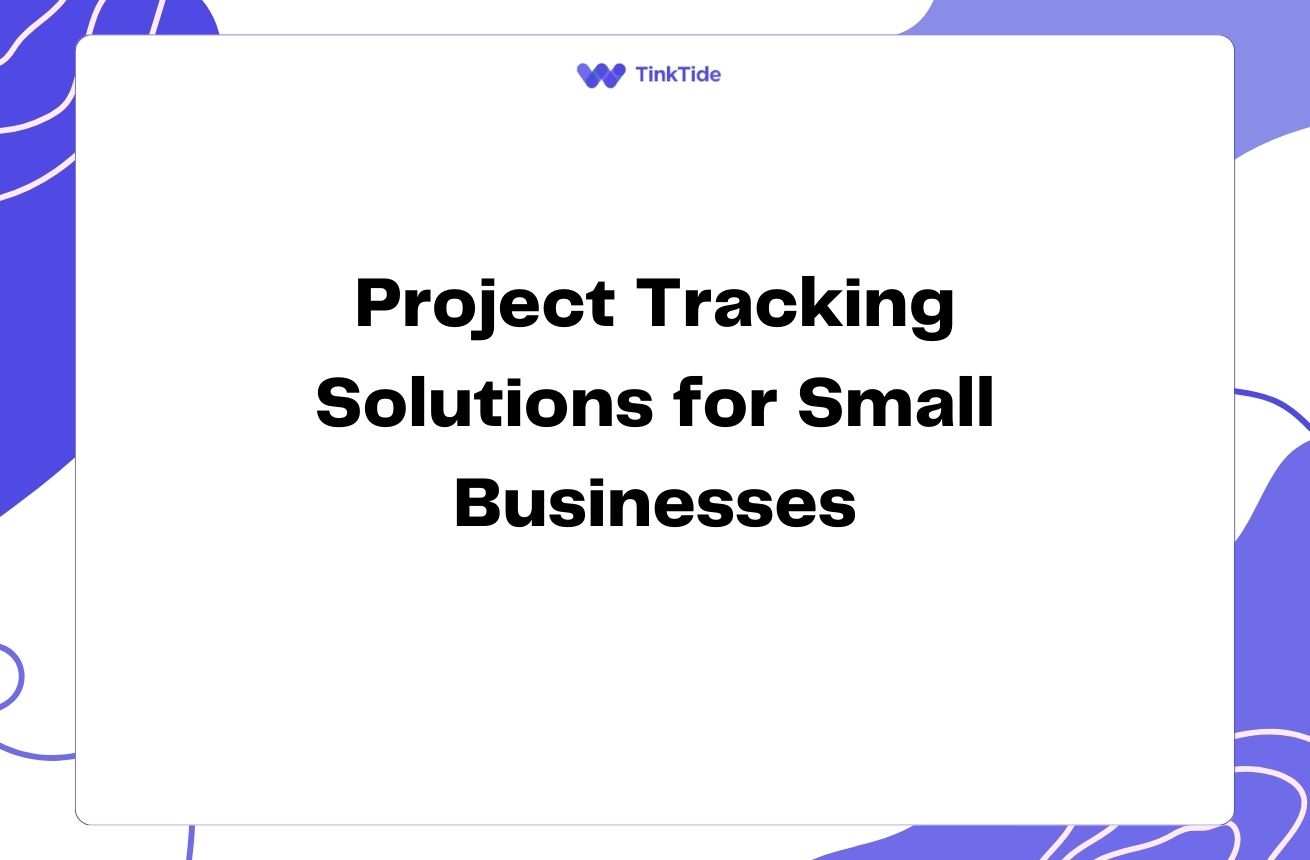Crafting User Personas for Niche Market Segments
Understanding User Personas in Niche Markets
User personas are fictional representations of your ideal customers, based on real data and market research. When dealing with niche markets, creating accurate personas becomes even more crucial. These detailed profiles help you understand the specific needs, preferences, and behaviors of your target audience.
Niche markets are specialized segments within larger markets, often characterized by unique preferences or requirements. For example, vegan athletes or luxury eco-friendly car enthusiasts. Developing user personas for these segments requires a more focused approach.
By tailoring your personas to niche markets, you can create products and marketing strategies that resonate deeply with your target audience. This targeted approach can lead to higher conversion rates, customer loyalty, and overall business success.
Key Components of Niche Market User Personas
When creating user personas for niche markets, include these essential elements:
- Demographic information (age, location, income, etc.)
- Psychographic details (values, interests, lifestyle)
- Specific pain points and challenges related to the niche
- Goals and aspirations within the niche market
- Preferred communication channels and media consumption habits
- Buying behaviors and decision-making processes
Research Methods for Niche Market Personas
To gather accurate data for your niche market personas, employ a mix of quantitative and qualitative research methods. Start with online surveys to collect demographic information and basic preferences from a larger sample of your target audience.
Follow up with in-depth interviews or focus groups to gain deeper insights into the motivations, challenges, and aspirations of your niche market. These qualitative methods can reveal nuances that may not be apparent in survey data.
Analyze social media conversations and online forums related to your niche market. This can provide valuable insights into the language, concerns, and interests of your target audience. Tools like Brandwatch or Social Mention can help with this process.
Don't forget to leverage your existing customer data. Analyze purchase history, support tickets, and feedback to identify patterns and preferences specific to your niche market.
Crafting Detailed Niche Persona Profiles
Once you've gathered sufficient data, it's time to create detailed persona profiles. Start by identifying 3-5 distinct persona types that represent different segments within your niche market.
Give each persona a name and a photo to make them feel more real to your team. Then, flesh out their profile with the key components mentioned earlier. Be as specific as possible, using real quotes and examples from your research to bring the persona to life.
Include a 'day in the life' scenario for each persona, highlighting how they interact with products or services in your niche market. This helps your team empathize with the persona and understand their context better.
Don't forget to include negative personas – representations of who your product or service is not designed for. This can help prevent wasted resources on targeting the wrong audience.
Validating and Refining Your Niche Personas
After creating your initial personas, it's crucial to validate them against real-world data. Share your personas with actual customers or prospects in your niche market and gather their feedback. Do they feel accurately represented? Are there any important aspects missing?
Use A/B testing in your marketing campaigns to see how well different messages resonate with your persona-based segments. Tools like Google Optimize can help you run these tests effectively.
Regularly review and update your personas as you gather more data and as your niche market evolves. Set a schedule for persona reviews, perhaps quarterly or bi-annually, to ensure they remain accurate and useful.
Applying Niche Personas in Product Development and Marketing
With your niche market personas in hand, it's time to put them to work. Use them to guide product development decisions, ensuring that new features or products align with the needs and preferences of your target audience.
In marketing, tailor your messaging and channel selection to each persona. For example, if one of your personas prefers visual content and spends a lot of time on Instagram, consider creating more infographics or short videos for that platform.
Use your personas to create more personalized customer experiences. This could involve customizing your website content based on visitor behavior that matches certain persona types, or developing targeted email campaigns for different segments.
Steps to Develop Effective Niche Market Personas
Follow these steps to create comprehensive user personas for your niche market:
- Step 1: Define your niche market and its unique characteristics
- Step 2: Gather quantitative and qualitative data through surveys, interviews, and online research
- Step 3: Analyze the data to identify patterns and distinct user types
- Step 4: Create detailed persona profiles with key components
- Step 5: Validate your personas with real customers or prospects
- Step 6: Apply your personas to product development and marketing strategies
- Step 7: Regularly review and update your personas
Common Pitfalls in Niche Market Persona Development
Avoid these common mistakes when creating user personas for niche markets:
Over-generalization: Niche markets require specific, detailed personas. Avoid broad generalizations that could apply to any market segment.
Ignoring outliers: In niche markets, what seems like an outlier might represent an important sub-segment. Pay attention to unique cases that don't fit your initial assumptions.
Relying solely on demographics: While important, demographics alone don't capture the essence of a niche market. Focus on psychographics and behavior patterns as well.
Creating too many personas: For most niche markets, 3-5 personas are sufficient. Too many can lead to confusion and diluted focus.
Address common questions
Here are some frequently asked questions about developing user personas for niche markets:
How many personas should I create for a niche market?
For most niche markets, 3-5 personas are sufficient to capture the main segments of your audience. Creating too many personas can lead to confusion and diluted focus. Start with a small number and add more only if necessary.
How often should I update my niche market personas?
It's recommended to review and update your personas at least once or twice a year. Niche markets can evolve quickly, so staying on top of changes in your audience's needs and behaviors is crucial. Set up a regular schedule for persona reviews and updates.
Can I use the same persona development process for both niche and broad markets?
While the basic process is similar, developing personas for niche markets requires a more focused approach. You'll need to dig deeper into specific interests, challenges, and behaviors unique to the niche. The research methods may also need to be more targeted to reach the right audience.
How can I validate my niche market personas?
Validate your personas by sharing them with actual customers or prospects in your niche market. Gather their feedback on accuracy and completeness. You can also use A/B testing in marketing campaigns to see how well different messages resonate with your persona-based segments.
What if my niche market is too small for extensive research?
Even with a small niche, you can still create valuable personas. Focus on qualitative research methods like in-depth interviews and observation. Leverage your existing customer data and engage directly with your audience through social media or community forums. Remember, in a small niche, even a handful of detailed insights can be extremely valuable.
How do I use niche market personas in product development?
Use your personas to guide product development decisions by ensuring new features or products align with the needs and preferences of your target audience. During ideation and design phases, constantly refer back to your personas to check if the proposed solutions address their specific pain points and goals.
Provide additional resources
User Persona Template
A comprehensive guide and template for creating user personas
Niche Market Research Techniques
Effective techniques for researching niche markets
Persona Development Workbook
A free workbook from HubSpot to help you develop detailed user personas
User Interview Techniques
Tips for conducting effective user interviews for persona development
Psychographic Segmentation Guide
Understanding and applying psychographic segmentation in persona development
Summarize key takeaways
Developing user personas for niche markets requires a focused approach that goes beyond basic demographics. By conducting thorough research, creating detailed profiles, and regularly validating and updating your personas, you can gain deep insights into your target audience's needs, preferences, and behaviors.
These niche market personas are invaluable tools for guiding product development, marketing strategies, and customer experience improvements. They help ensure that your offerings resonate deeply with your specific target audience, leading to higher engagement, conversion rates, and customer loyalty.
Remember to avoid common pitfalls like over-generalization or creating too many personas. Instead, focus on crafting a small set of highly detailed, actionable personas that truly represent your niche market segments. With these powerful tools at your disposal, you'll be well-equipped to succeed in your specialized market.
Master Niche Market Persona Development
Ready to create powerful user personas for your niche market? Start your free trial and access our persona development tools today.
Start Your Free Trial

